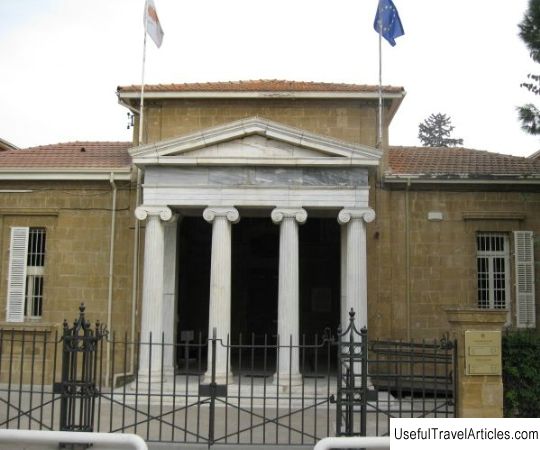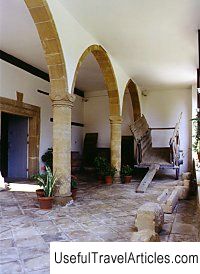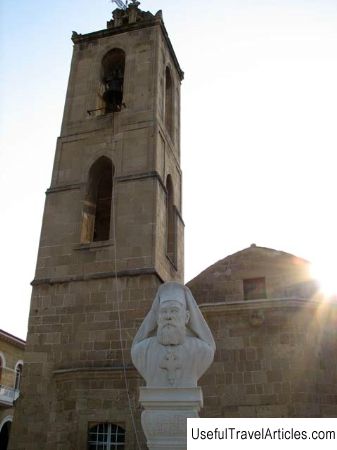Archeological Museum of Nicosia description and photos - Cyprus: Nicosia
Rating: 8,5/10 (2930 votes) 
Archeological Museum description and photos - Cyprus: Nicosia. Detailed information about the attraction. Description, photographs and a map showing the nearest significant objects. The name in English is Archeological Museum. Photo and descriptionThe Archaeological Museum, which is located in the very center of Nicosia, is the oldest and largest museum in Cyprus. It contains all the most valuable archaeological finds that have been discovered on the island. The institution was founded in 1882 during the British rule in Cyprus at the initiative of the inhabitants of the island. The reason that prompted the Cypriots to unite and file a petition asking for the establishment of the museum was several cases of illegal excavations, as a result of which the values found there were taken abroad. For example, about 35 thousand antiquities were sent to museums in Britain and the United States after excavations carried out by the American archaeologist Luigi Palma di Chesnola. In addition, most of the items found were damaged in transit. The museum was created with the private funds of residents and initially did not even have its own premises. And only in 1908 construction began on the building where the museum collection is currently located. At first, official excavations were carried out only by European (mainly British) scientists. It was then, in the period from 1880 to 1931, that the main part of the museum's exposition was collected. But after Cyprus gained independence in 1960, the activities of local archaeologists intensified, and they also made a lot of efforts to replenish the collection of this institution. In total, the museum has 14 exhibition halls in which you can see ceramic, glass and stone products - statues and figurines, dishes and vases, tools, as well as coins and ornaments, arranged in chronological order.       We also recommend reading Catholic Cathedral description and photos - Russia - Volga region: Saratov Topic: Archeological Museum of Nicosia description and photos - Cyprus: Nicosia. |




